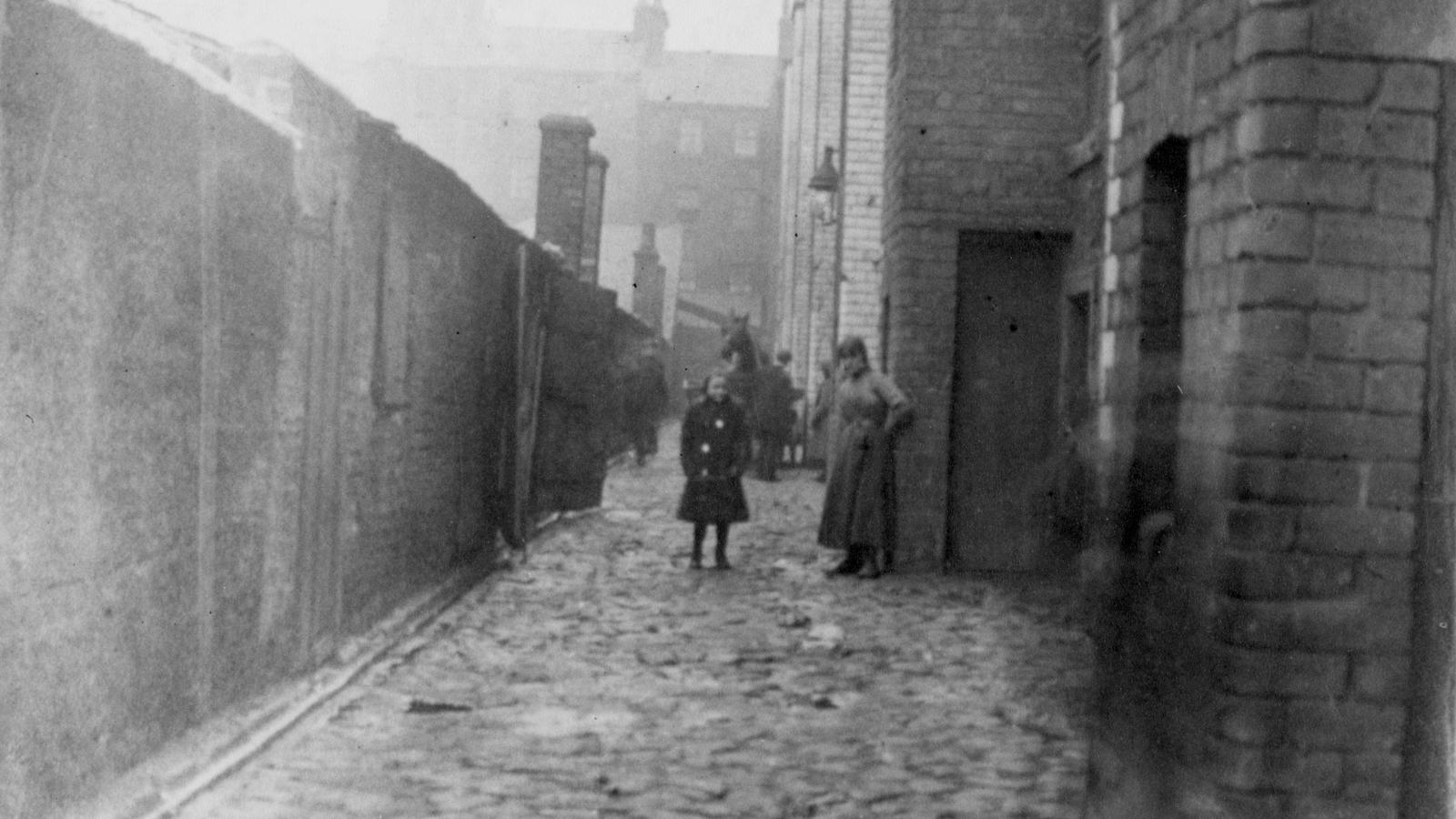1900 Bubonic Plague – Times Past

In partnership with the Glasgow Times, our archivists are exploring Glasgow's fascinating history. This week, Irene O'Brien writes about the 1900 Bubonic Plague outbreak.
In autumn 1900 the Bubonic plague, a disease associated with medieval times, appeared in Glasgow. The most widespread plague epidemic experienced in Glasgow itself began in 1645. It was centred in the High St and the Vennels. The reappearance of the disease 250 years later was a rude awakening. It underlined that the City was not immune to the plague. The physical conditions necessary for its spread were still prevalent in Glasgow at the turn of the 20th century. And indeed, the cases began in the crowded and unsanitary tenements of the Gorbals area.
The 1900 outbreak was small, with 36 known cases and 16 deaths, due to the swift action of the authorities. The first cases occurred in early August in a house in Rose Street, Gorbals. Mr Bogie, a docker, and his family were infected leading to the death of his wife and granddaughter. Soon other people in the neighbourhood began contracting and dying from a serious illness. Wakes for the dead were popular, particularly among the Irish in the Gorbals. It was discovered that some of the later victims were among more than 100 people who had attended Mrs Bogie’s wake. Various causes of the deaths were given. Doctors had a feeling something was wrong, and this was confirmed when the diagnosis of plague was made by a doctor in Belvidere Hospital.
The Sanitary Authorities were quick to act. They looked for anyone who might have had contact with the Bogie family and managed to track the spread of the plague. Those who had attended Mrs Bogie’s wake were quarantined in a “reception house” so they could be monitored. Houses were fumigated and evacuated. Clothing and bedding were disinfected. Staff in hospitals and reception houses were inoculated and wakes were prohibited. Publicity was avoided to try and prevent panic, and the outbreak was contained.
The official report in 1901 concluded that the most likely cause was an infected rat carried aboard one of the many ships from around the world that had visited the port of Glasgow. However, new research by a team at Oslo University has established that the rats were wrongly blamed, and the real culprits were humans. The high number of secondary plague infections occurred between members of the same household. This suggested that body lice or human fleas may have been to blame.
Despite its focus on rats, the city’s authorities “dodged a bullet” using quarantining and basic human sanitation measures, which proved effective.
“It had all the classic conditions for a mass outbreak of bubonic plague…but through medical vigilance, local authority organisation and public information, they managed to nip it in the bud.”
